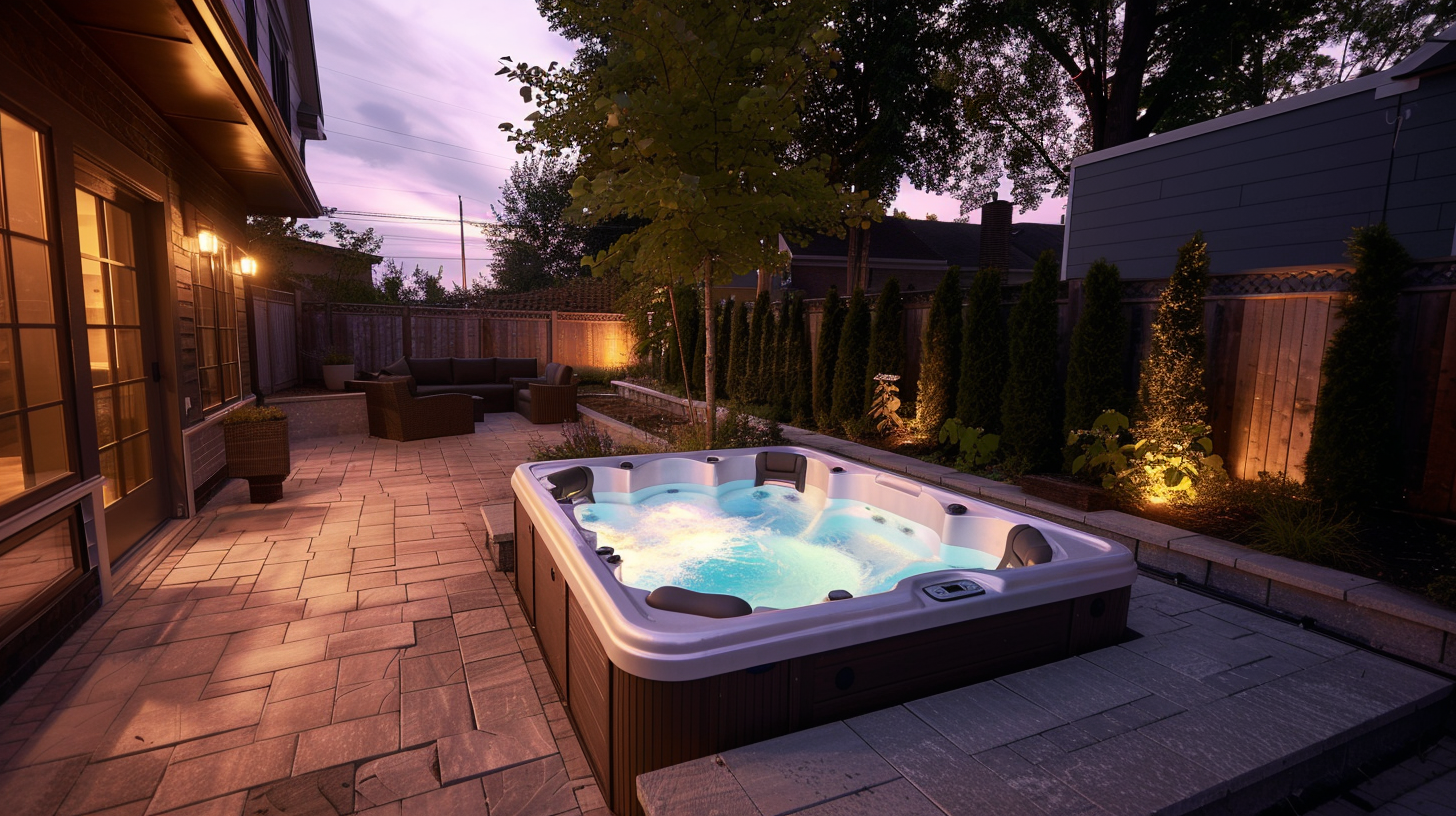
Installing a hot tub is an exciting upgrade—but it also demands serious electrical planning. With high-voltage wiring, dedicated breakers, and safety regulations involved, it’s not a DIY job. At Trigger Electric, we provide professional hot tub electrical installation services across Metro Vancouver, ensuring everything is done right the first time.
Why Hire a Pro for Hot Tub Electrical Installation?
A hot tub’s electrical setup includes:
- ⚡ Dedicated Circuit Wiring: Most hot tubs require a 240V circuit on a GFCI breaker.
- 🛠️ Subpanel Installation: Outdoor-rated subpanels near the tub for local disconnect.
- 🧯 Grounding & Bonding: Required for user safety and code compliance.
- 🔒 Weatherproofing: Outdoor wiring and components must be protected from the elements.
Trying to cut corners can lead to shocks, electrical fires, or voided warranties. Leave it to our licensed electricians for safe, long-lasting performance.
What to Expect with Our Hot Tub Installation Services
When you book with Trigger Electric, we:
- Conduct a site evaluation for optimal setup
- Install a weatherproof GFCI-protected subpanel
- Run underground or above-ground conduit to the hot tub
- Complete all electrical connections per BC building code
- Test system performance before handing over to you
We also coordinate with your hot tub provider for a seamless experience from delivery to first soak.
Service Area: Metro Vancouver & Beyond
Our expert electricians serve homes in Vancouver, Burnaby, Coquitlam, and all across Metro Vancouver. Whether your hot tub is on a patio, rooftop, or backyard deck, we’ll design a system that’s efficient and compliant.
Our Credibility, Your Peace of Mind
Homeowners trust us for safe and timely installations. Check out our credentials:
Hot Tub Electrical Requirements Table
| Component | Required? | Description |
|---|---|---|
| GFCI Breaker (240V) | ✅ | Protects from electrical shock in wet areas |
| Outdoor Subpanel | ✅ | Provides local disconnect and complies with safety codes |
| Conduit (Underground or EMT) | ✅ | Protects wiring to outdoor tubs from weather and impact |
| Bonding & Grounding Grid | ✅ | Reduces voltage gradients and enhances safety |
| Inspection & Code Sign-Off | ✅ | Ensures legal compliance with BC electrical regulations |
💡 Pro Tip: You must have your installation inspected before powering up your hot tub—it’s not optional in BC.
Book Your Hot Tub Electrical Installation
Don’t risk your investment with a subpar setup. Our team ensures safety, efficiency, and total compliance from start to finish.
📞 Call Us for a Hot Tub Install
📩 Request a Free Installation Quote
Get ready to soak stress-free with Trigger Electric’s trusted hot tub electrical installation service.
5/5 - (1 vote)

